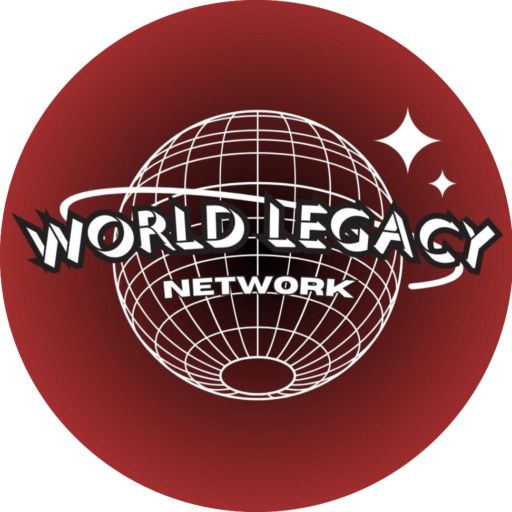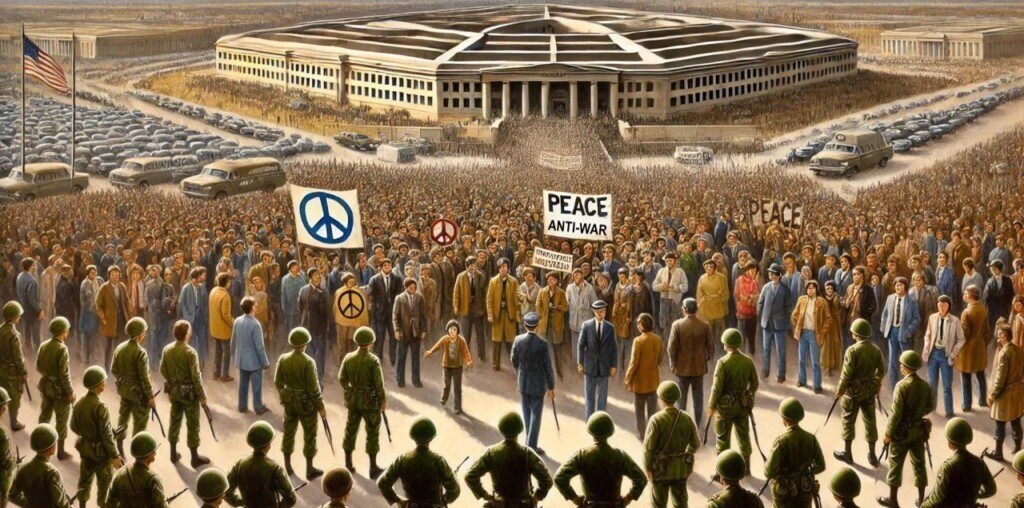Background: By the mid-1960s, the United States was deeply involved in the Vietnam War, which had become increasingly unpopular among the American public. The anti-war movement gained momentum, with many Americans calling for an end to the conflict.
What Happened: The March on the Pentagon took place on October 21, 1967, as a major protest against the Vietnam War. It was organized by the National Mobilization Committee to End the War in Vietnam, drawing over 100,000 anti-war protesters to Washington, D.C. The demonstrators gathered at the Lincoln Memorial for speeches, music, and peaceful protest before marching to the Pentagon, the headquarters of the U.S. Department of Defense. The event was one of the largest anti-war demonstrations in U.S. history at the time. At the Pentagon, a smaller group of around 35,000 protesters faced off against military police and U.S. Marshals. Some protesters engaged in acts of civil disobedience, such as attempting to enter the Pentagon or holding a symbolic “exorcism” to levitate it, as a statement against the war. Demonstrators carried signs, chanted slogans, and held flowers, which they attempted to place into the barrels of the guns held by the soldiers guarding the building. The protest continued into the night, with some demonstrators setting up makeshift camps near the Pentagon. The police and military eventually used force to disperse the crowds, leading to violent confrontations and over 600 arrests. Despite the clashes, the event was a powerful symbol of growing opposition to the Vietnam War and helped to raise awareness of the anti-war movement across the country.
Impact for the Future: The March on the Pentagon was one of the largest and most visible demonstrations against the Vietnam War, and it helped galvanize the anti-war movement. The protest drew national and international attention to the growing opposition to the war, contributing to the eventual withdrawal of U.S. forces from Vietnam in 1973. The anti-war movement also influenced future generations, serving as a model for peaceful protest and activism.

